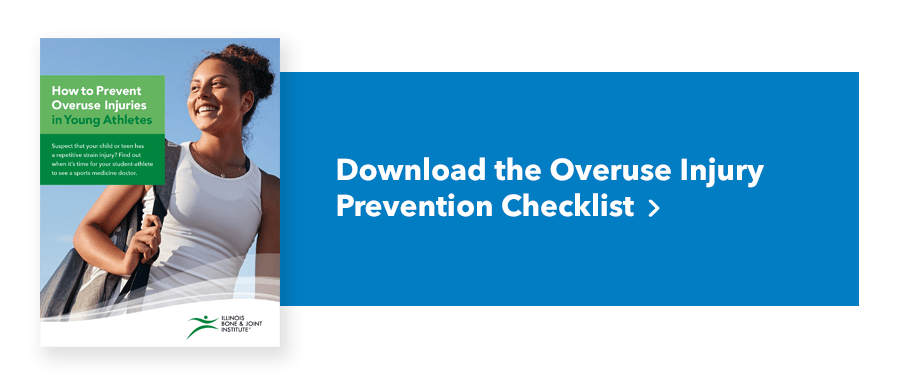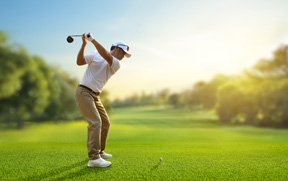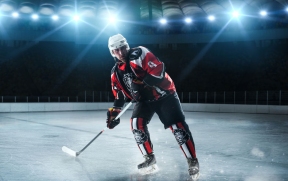Baseball injuries can dampen your season. Learn about common injuries and how you can help to prevent them in a Q&A with Schaumburg Boomers Head Athletic Trainer Mylie Leatherman, ATC.
Let’s start by finding out what a Certified Athletic Trainer (ATC) does. Leatherman says, “ATCs do a great deal in helping athletes recover in their sports. There are many different treatments that they use in order to help their athletes return to play at the highest level. ATCs are unique in that they are the only clinician to be with an athlete from the time they are injured to their return to play. Athletic trainers are vital in ensuring that athletes are given the best care and return to play as quickly and safely as possible.”
What are common injuries for baseball players?
“Baseball players receive a variety of injuries when playing the sport. A common throwing injury is UCL tears in the elbow–or as most people know it, “Tommy John” surgery. This injury occurs when the force overload in the elbow eventually leads to a failure in the Ulnar Collateral Ligament of the elbow.
Many injuries occur from overuse and simply throwing too much. The biomechanics of pitching or overhand throwing are extremely stressful on the body and cause a variety of injuries. Often, we see many players develop degeneration of the labrum in the shoulder or tears in their rotator cuff muscles over time. Injuries can also occur in the forearm muscles where you see many muscle strains.
Other injuries that occur are soft tissue injuries from running, as well as contusions and abrasions from being hit by pitches and sliding.
An injury that’s becoming more common for position players is a fracture of the Hamate bone, a carpal bone in your hand, that occurs when swinging the bat transfers force into your hand. You can receive a host of injuries playing baseball; that’s why it’s important to have an athletic trainer working with your team to help take care of your players and prevent injuries from happening.”
What can players do for injury prevention?
“One of the most important things parents and players both can do to prevent injuries is to not overuse the body by playing too much. The MLB and USA Baseball have developed guidelines for how much adolescent baseball players should throw during a season. Knowing what those guidelines are and adhering to them are key in order to protect your athlete. It is also important to make sure you are implementing arm care strategies that keep your arm strong throughout the season.”
What stretches or exercises are good for prevention?
Implementing arm-care strategies will help to keep the athlete’s arm strong throughout the season. Consult with your health care provider prior to starting any exercise program. They can help you create an individualized program based on your needs and goals. Some exercise examples that help to promote healthy arm movement include internal and external rotation, wrist extension and flexion, and wrist pronation and supination.
What other factors affect the risk of getting injured?
“Diet, stress and sleep all factor into the likelihood of an athlete getting injured. Think of your body like a car: if you don’t properly take care of your car by getting it serviced, keeping it gassed up, or pulling over if something is going wrong like overheating, then your car is going to break down and not work. The body is the same way and if you aren’t giving it the good nutrients that it needs and getting proper rest, eventually that will lead to a deficiency somewhere and you will get injured.”
What tools can an athlete use for recovery?
Leatherman says, “Foam rolling is a great inexpensive tool that can mimic similar effects of massage.” Talk to your athletic trainer on how to use a foam roller and ask about other tools that can help you recover.
What types of classes should players take to practice and train their muscles for sports?
“Utilizing a good strength and conditioning coach can make a big difference in the performance of an athlete. As kids grow and mature, having someone who can help them train and strengthen their muscles the proper way can go a long way into how they progress as an athlete. Yoga is also a great tool to utilize when it comes to prevention and recovery. It’s all about maintaining a balance in everything you are doing and not focusing too much on one area.”
Mylie Leatherman, ATC, joined the Schaumburg Boomers in 2017 and is in her third season with them as Head Athletic Trainer. Leatherman recently completed a post-graduate Athletic Training Internship at Walt Disney World’s ESPN Wide World of Sports Complex in Orlando, Florida, where she assisted with the NFL Pro Bowl week, Varsity cheer and dance competitions, and Disney Spring Training. She received her Bachelor of Science in Athletic Training from the University of Tulsa (Oklahoma) in December of 2016. While attending TU, she worked with multiple sports teams, including University of Tulsa Football and Oral Roberts University Baseball.
Editor’s note: Illinois Bone & Joint Institute is a corporate partner of the Schaumburg Boomers.





